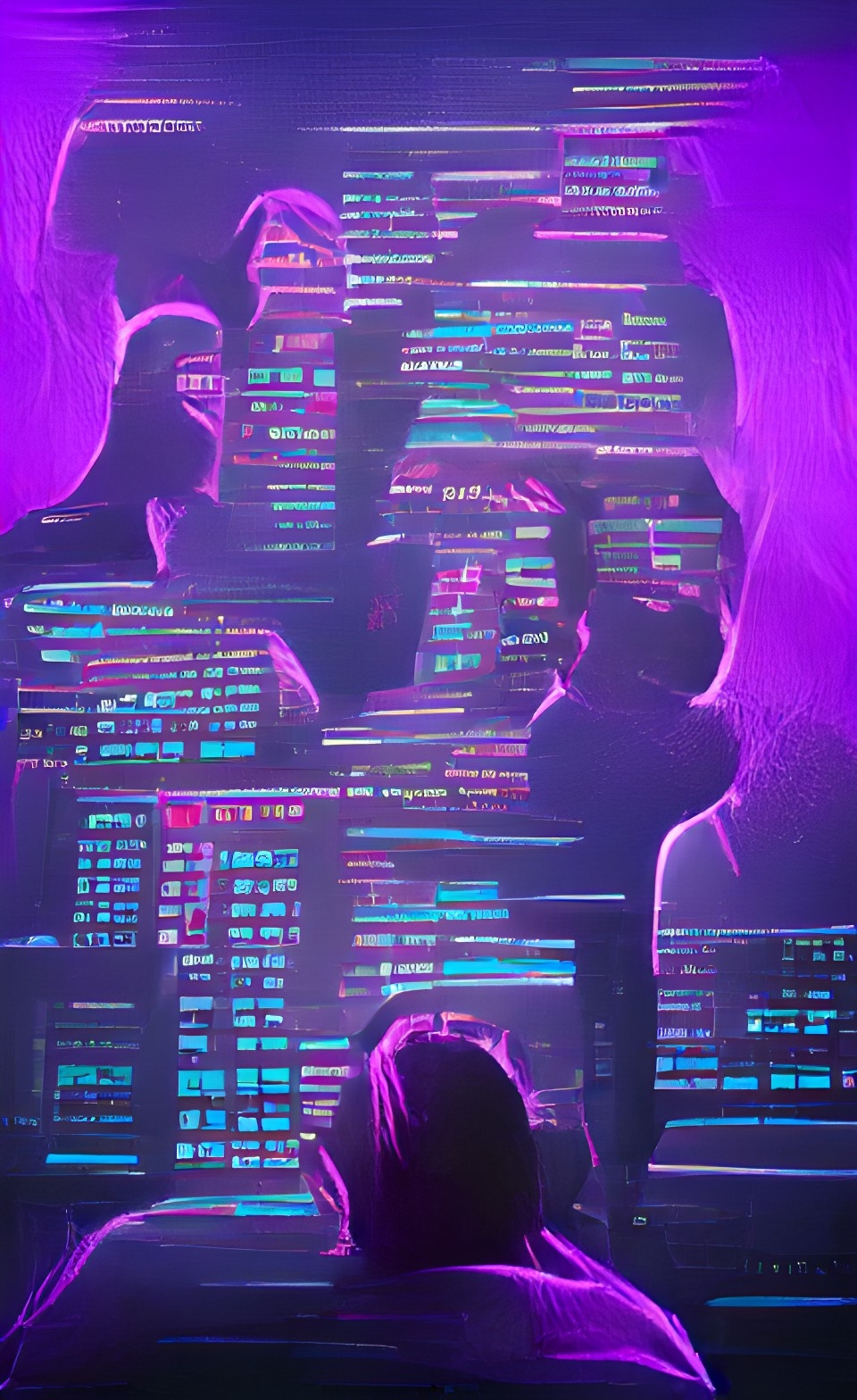
Informed by Immerzed
What is Hand Tracking And How Does It Work?
Do you necessarily need a controller to navigate in a VR simulation? No, not for a long time now. For some years now, it has been possible to navigate virtual environments using only gestures - thanks to hand tracking.
In virtual reality (VR), hand tracking is a technology that makes digital worlds literally tangible. It translates the movements and gestures of the hands in real time into actions within a virtual environment, creating an intuitive and immersive experience. But how does it all work?
Technical basics
Advanced sensors and algorithms are at the heart of hand tracking in VR. Cameras, LiDAR or infrared sensors, or a combination of several, record the position and movement of the hands and fingers. This data is then analyzed by algorithms based on artificial intelligence (AI) to accurately interpret the movements and translate them into appropriate actions within the VR environment.
Some systems also use machine learning to improve the accuracy of motion capture over time by learning from each interaction. This technology makes it possible to recognize even complex hand gestures and fine finger movements with impressive precision.
Advances in technology
Hand tracking technology has made considerable progress in recent years. Earlier versions were often limited by delays, lack of recognition accuracy and the need for special gloves or markers. Today, we have reached a point where hand tracking works wirelessly, with bare hands and with minimal delay. This opens up new possibilities for developers to create more immersive and interactive VR experiences.
Advantages compared to controlling with a controller
Hand tracking offers several advantages over traditional VR controllers. Firstly, handling is more intuitive: instead of having to remember the button assignment of a controller, users can simply use natural hand movements and gestures. This significantly lowers the entry barrier for VR newcomers and makes VR experiences more accessible.
Hand tracking also enables more precise and versatile interaction with virtual objects. Users can grab, throw or manipulate objects as if they were actually there. This not only increases the feeling of immersion, but also opens up new gameplay and interaction possibilities.
The future - within reach
The future of hand tracking in VR looks promising. With ongoing improvements in sensor technology and AI, we could soon see even more precise and responsive systems that enable even more natural interaction. It could also open up new areas of application outside of gaming and entertainment, for example in education, training and rehabilitation, where the technology could help to create realistic training environments that provide safe and effective learning experiences.
This is exactly where we ourselves come in. Our VR simulations for training emergency medical personnel rely entirely on intuitive and immersive hand tracking technology to make the learning environment as accessible and lifelike as possible. Would you like to see the benefits of hand tracking for yourself and experience what a professional VR application can contribute to your training processes? Then use the form below to request your personal, free demo!
Further Links
- Our hand tracking technology from Ultraleap: World-leading Hand Tracking: Small. Fast. Accurate. | Ultraleap
Experience hand tracking now!
Secure your non-binding demonstration appointment and dive into the metaverse of emergency medicine. Simply fill out the form and we will get in touch with you.
